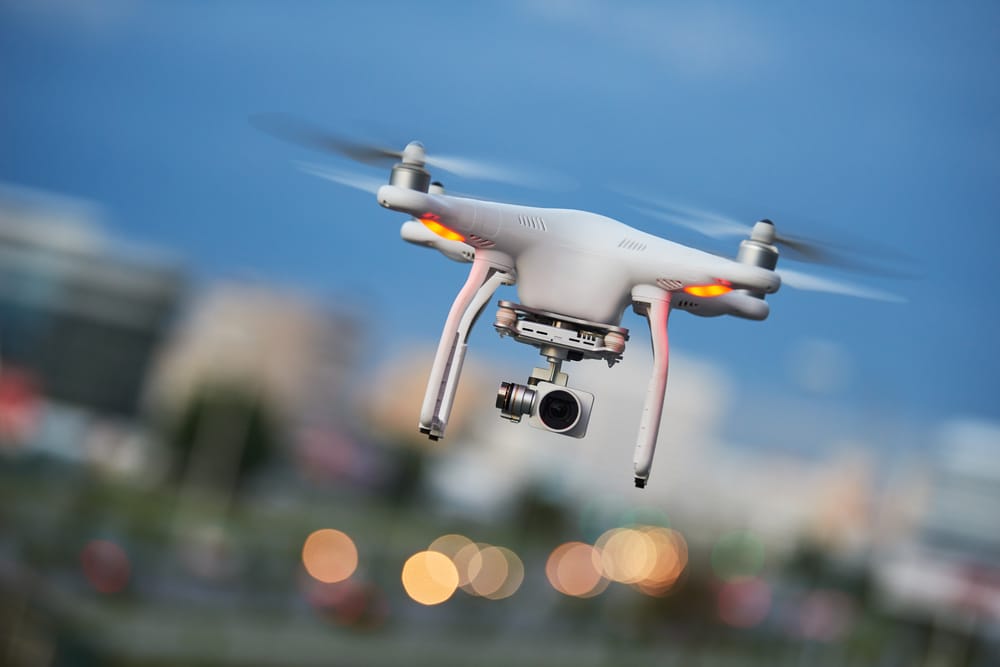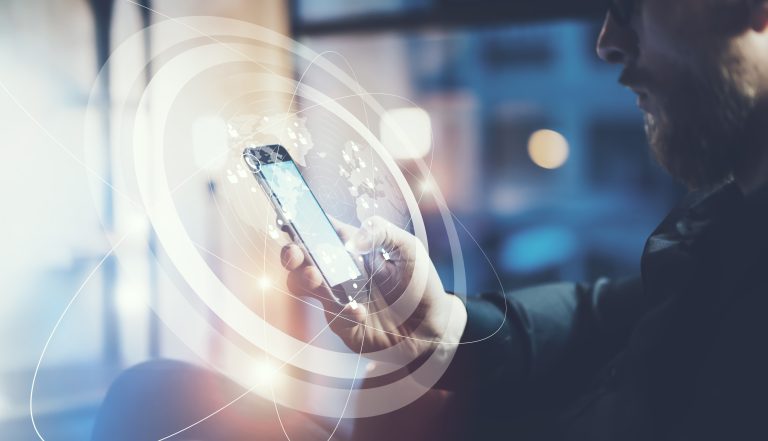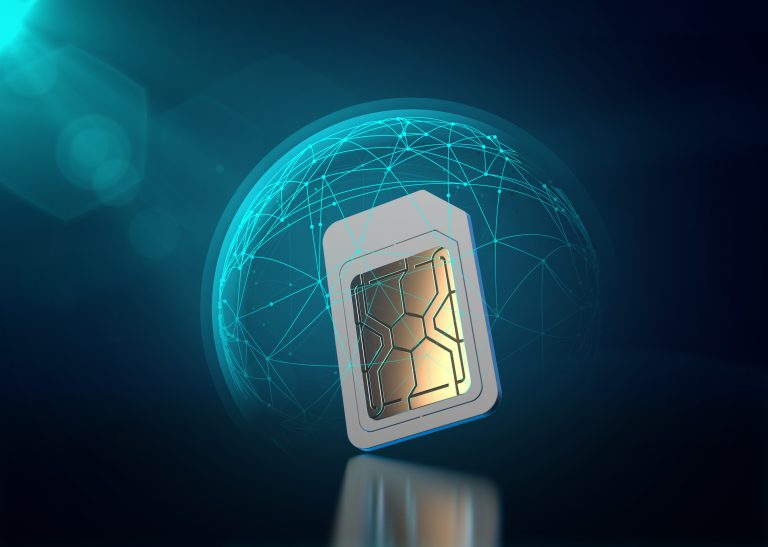The rise in the use of drones across industries and use cases has been exponential. Supported by multi-network SIM cards that can help ensure that drones maintain reliable and consistent
connectivity, regardless of their location or operating environment the use of drones has helped drive safety, efficiency, and effectiveness of drone operations in a wide range of industries, including agriculture, construction, energy, and logistics.
Below are some recent use cases we’ve seen that the technology has had a positive impact on:
Agriculture and farming
Drones equipped with cameras and sensors can be used to monitor crops, analyze soil conditions, and assess plant health. This can help farmers optimize their crop yields and reduce the
use of pesticides and other chemicals. This coincides with the rise of smart farming, utilising IoT technology to drive innovation in this space.
Construction and remote sites
Drones can be used to survey construction sites, monitor progress, and inspect buildings for defects or damage. This can help improve safety, reduce costs, and ensure that projects
are completed on time and within budget.
Remote energy sites
These innovative machines can be used to inspect power lines, wind turbines, and other energy infrastructure. This can help identify potential issues early on, reduce downtime, and improve safety for workers.
Mining industry
Drones can be used to map and survey mining sites, monitor stockpiles, and inspect equipment. This can help improve safety, reduce costs, and increase productivity.
Transportation and logistics:
Drones can be used to deliver packages and goods, especially in remote or hard-to-reach areas. This can help reduce delivery times and costs, while also reducing the carbon
footprint of transportation.
Film, media and photography:
Drones can be used to capture aerial footage and images for film and photography purposes. This can help create stunning visual content that was previously difficult or
impossible to obtain.
Cellular connectivity and drones
Drones have had a positive impact on several industries, helping to improve safety, reduce costs, increase productivity, and enable new forms of innovation and creativity. Cellular 4G/5G connectivity via SIM cards has had a significant impact on drone technology by improving their capabilities in several ways:
Increased speed
4G technology provides faster data transfer speeds compared to previous cellular networks, enabling drones to transmit data in real-time. This is particularly important for drones that
require low latency and high bandwidth to perform tasks such as streaming live video footage or transmitting sensor data.
Improved range
4G and 5G networks have a wider coverage area than previous cellular networks, allowing drones to operate at greater distances from their operators. This is especially useful for drones used
in industries such as agriculture or energy, where large areas of land or infrastructure need to be
monitored.
Enhanced reliability
4G and 5G networks offer more reliable and stable connections, even in areas with low signal strength or interference. This improves the reliability of operations, reducing the risk of
signal loss or disruption.
Greater flexibility
The introduction of 4G networks has enabled drones to operate beyond the line of-sight of their operators, opening up new possibilities for commercial applications such as package delivery, infrastructure inspection, and search and rescue operations.
Advanced capabilities
With the faster data transfer speeds and wider coverage area provided by 4G networks, drones can be equipped with more advanced sensors, cameras, and other equipment,
enabling them to perform more complex and sophisticated tasks.
How multi-network SIMs are driving the use of drones in Industry
Multi-network SIM cards are important to the success of drone technology and implementation for the following reasons.
Increased reliability
Multi-network SIM cards can provide access to multiple cellular networks, increasing their chances of maintaining a strong and reliable connection. This is especially
important for drones that are required to operate in remote or challenging environments.
Extended coverage
Drones equipped with multi-network SIM cards can access cellular networks from multiple providers, enabling them to operate in a wider range of locations. This can help ensure
the ability to maintain connectivity even in areas with limited network coverage.
Redundancy and failover
Multi-network SIM cards can be configured to prioritize one network over another or to automatically switch between networks based on signal strength and other factors.
This redundancy and failover capability can help ensure that drones are able to maintain a connection to the network, even if one of the networks experiences an outage.
Cost-effective roaming
Multi-network SIM cards can provide cost-effective roaming options for drones that operate across multiple regions or countries. By allowing drones to access local networks instead of relying on expensive international roaming plans, multi-network SIM cards can help reduce operating costs for drone operators.
If you require connectivity for your drones and are looking for a first-class connectivity solution with real-time remote management and reporting analytics please contact us using the form below.



